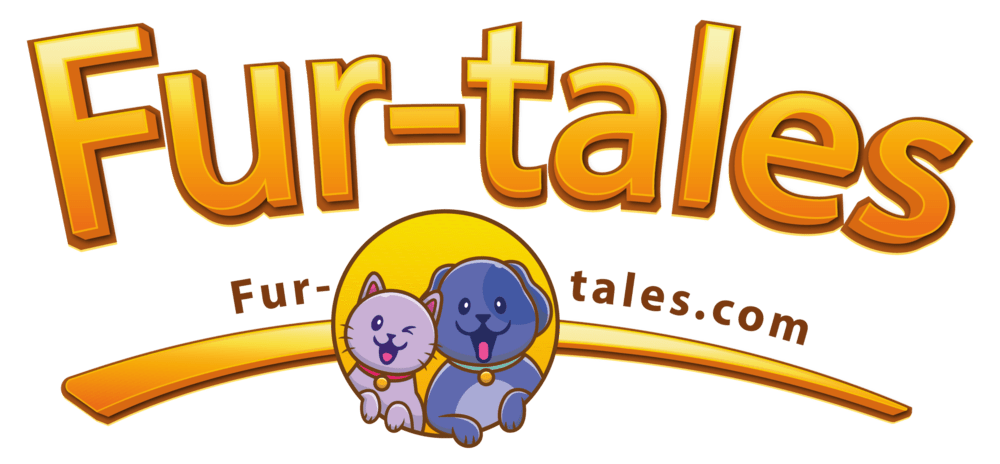
How to Stop Destructive Chewing in Dogs (Without Yelling)
If you’ve ever come home to find your favorite shoes shredded or your couch corner gnawed, you’re not alone. Destructive chewing is one of the most common (and frustrating) dog behaviors. But here’s the good news: your dog isn’t doing it out of spite, and yelling doesn’t help—in fact, it may make things worse.
Instead, with patience, understanding, and a few smart strategies, you can help your dog chew the right things and leave the rest untouched.
Why Do Dogs Chew?
Understanding why your dog is chewing is the first step to solving the problem.
Common reasons include:
- Teething (puppies up to 6 months)
- Boredom or lack of mental stimulation
- Anxiety or stress (especially separation anxiety)
- Attention-seeking
- Exploration (especially in younger dogs)
- Lack of appropriate chew toys
Why Yelling Doesn’t Work
Yelling at your dog after the fact won’t stop the behavior—and it can actually increase anxiety and damage your bond. Dogs don’t connect your anger with their earlier actions unless it’s caught in the moment, and even then, it’s more effective to redirect, not punish.
Gentle & Effective Ways to Stop Destructive Chewing
1. Provide the Right Chew Toys
Dogs need to chew—it’s natural! The key is giving them appropriate items to sink their teeth into.
- For puppies: Soft, textured rubber toys or frozen teething rings
- For adult dogs: Durable toys like KONGs, nylon bones, and rope toys
- For heavy chewers: Tough chew products like Benebones or antlers (with vet approval)
2. Exercise = Less Chewing
A tired dog is a good dog. Make sure your dog is getting:
- At least 30–60 minutes of exercise daily
- Interactive games like fetch or tug-of-war
- Walks in new environments to engage their nose and brain
Mental enrichment also matters! Use puzzle toys or treat-dispensing balls.
3. Puppy-Proof Your Home
Until your dog learns what’s chewable and what’s not:
- Put shoes, cords, and remotes out of reach
- Use baby gates or pens to limit unsupervised access
- Keep counters and floors clutter-free
Think of it like toddler-proofing—curiosity can lead to chaos if you’re not prepared.
4. Use Taste Deterrents (Safely)
Sprays like Bitter Apple or Grannick’s No Chew can discourage chewing on furniture, cords, or wood. Always test first on a small area and reapply as needed.
5. Teach the “Leave It” and “Drop It” Commands
Training basic obedience helps in all areas of behavior, including chewing.
- Leave it: Stops the dog from picking something up
- Drop it: Helps when they already have it in their mouth
6. Crate or Confine When You Can’t Supervise
Dogs aren’t likely to chew destructively when confined to a comfortable crate or pen with chew toys. This also keeps them safe.
7. Address Anxiety if Needed
Destructive chewing can be a sign of separation anxiety. Other signs include whining, pacing, or accidents when you’re away. If you suspect this:
- Gradually increase alone time
- Use calming aids (e.g., pheromone diffusers, calming music)
- Speak to a trainer or vet about behavior therapy or medication if severe
Be Patient and Consistent
Chewing isn’t a behavior you can fix overnight—but with love, structure, and the right outlets, your dog will learn. Celebrate small wins. Redirect calmly. And always, always praise good chewing habits.
Remember: Every chew is a learning opportunity—not a battle.
Quick-Reference: Do’s and Don’ts
| ✅ Do This | ❌ Avoid This |
|---|---|
| Offer safe, rotating chew toys | Yelling or punishing |
| Supervise or crate during training | Leaving tempting items around |
| Redirect calmly and consistently | Assuming your dog “knows better” |
| Praise when they chew correctly | Using aversive methods or fear |
Image Source: Canva
